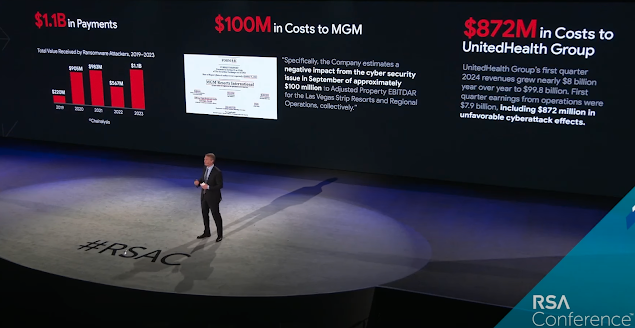O2 Telefónica in Germany has deployed a 5G standalone core on Amazon Web Services (AWS). The installation leverages Nokia’s secure and cloud-native 5G core architecture, including packet core.
Nokia says the deployment underscores its multi-cloud ability to migrate existing communication service providers (CSPs) to a range of cloud platform options including public cloud, private cloud, and hybrid cloud; using their choice of cloud platforms and making it easy for CSPs to deploy applications and services on any infrastructure.
Nokia also noted that it now has 107 CP customers for its 5G standalone core.
Mallik Rao, Chief Technology & Information Officer at O2 Telefónica, said: "We are building our network of the future. With the launch of the new, cloud-based 5G core network, we are doing pioneering work in Europe and we are taking a major step in our transformation process. With the new 5G cloud core, we are moving away from traditional architectures and instead focusing on modern, high-performance, and efficient network technologies. In doing so, we are relying on the quality and global expertise of Nokia and AWS. We offer our customers an excellent 5G experience and new digital applications."
 Fabio Cerone, General Manager Telecom EMEA at Amazon Web Services, said: “We’re thrilled to be selected for the 5G Cloud Core network deployment of O2 Telefónica and to realize their vision of the network of the future. By using Nokia 5G Core network on AWS, O2 Telefónica is redefining its operating model through full automation and elasticity at scale. It will bring O2 Telefónica the ability to dynamically scale and allocate 5G network capabilities to meet customer needs, as well as the needs of the new applications that will run on top of the new core.”
Fabio Cerone, General Manager Telecom EMEA at Amazon Web Services, said: “We’re thrilled to be selected for the 5G Cloud Core network deployment of O2 Telefónica and to realize their vision of the network of the future. By using Nokia 5G Core network on AWS, O2 Telefónica is redefining its operating model through full automation and elasticity at scale. It will bring O2 Telefónica the ability to dynamically scale and allocate 5G network capabilities to meet customer needs, as well as the needs of the new applications that will run on top of the new core.”
Raghav Sahgal, President of Cloud and Network Services at Nokia, said: “We are delighted to support O2 Telefónica Germany’s move onto AWS. This deployment, the first major one of its kind for an existing communication service provider, enables greater network agility and service offerings, and provides Telefónica Germany with all the tools it needs to efficiently manage and extract greater value from its network assets. The deployment underscores Nokia’s multi-cloud ability to migrate communication service providers to the public cloud, making it practical for them to deploy applications and services on the infrastructure of their choice; and, with more flexible scaling, reliability, and near zero-touch automation.”
https://www.nokia.com/networks/core/5g-core/hybrid-cloud/
















